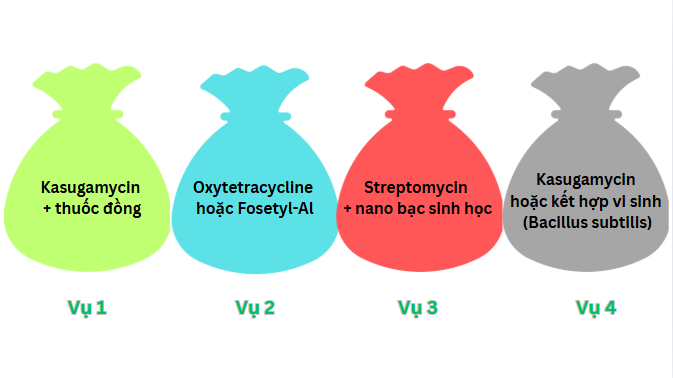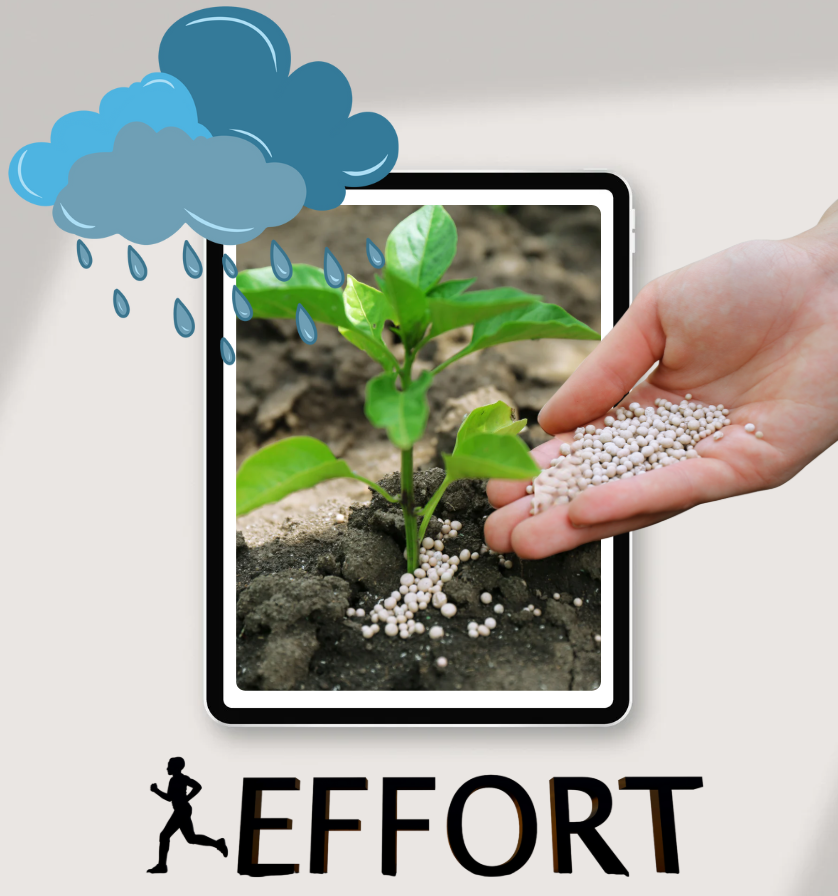
Can Bacteria Become Resistant to Kasugamycin? How to Rotate Effectively for Long-Term Control
Can bacteria develop resistance to Kasugamycin? How can farmers maintain its effectiveness over multiple seasons? This article explains resistance risks and how to rotate actives properly for sustainable bacterial disease management.
1. What Is Kasugamycin and Why Is It Popular?

Kasugamycin is a bio-antibiotic from the aminoglycoside group, widely used in agriculture to control various bacterial diseases:
- Bacterial blight, leaf margin burn (in rice)
- Bacterial spot (in tomato, cabbage)
- Citrus canker (orange, lemon, pomelo)
- Soft rot (in cucurbits, melons, Chinese cabbage)
🌿 Advantages:
- Broad-spectrum activity
- High efficacy in both prevention and treatment
- Safe for crops and soil microbiota
- Suitable for clean farming systems (VietGAP, GlobalG.A.P.)
2. Can Bacteria Become Resistant to Kasugamycin?

✅ Yes – if overused.
Like any antibiotic, Kasugamycin can become less effective when:
- Used continuously across many seasons
- Sprayed at sublethal doses
- Not rotated with other actives
📌 Signs of resistance:
- Proper dosage applied, but disease doesn't decline
- Recurring symptoms despite preventative sprays
- Decreasing effectiveness with each crop cycle
➤ Resistance has been reported in Xanthomonas and Pseudomonas in areas where Kasugamycin was used too frequently without rotation.
3. Principles of Rotating Bactericide Active Ingredients

🎯 Goals:
- Extend product effectiveness
- Prevent bacterial resistance
- Ensure crop and environmental safety
🔁 Suggested rotation strategy:
|
Crop Season |
Suggested Actives |
|
Season 1 |
Kasugamycin + copper-based bactericide |
|
Season 2 |
Oxytetracycline or Fosetyl-Al |
|
Season 3 |
Streptomycin (if not yet used) + biological silver/nano |
|
Season 4 |
Return to Kasugamycin or combine with Bacillus subtilis |
📌 Avoid using the same active more than 2 times in a row, especially across multiple crop cycles.
4. Smart Practices to Maintain Kasugamycin Effectiveness
|
Method |
Description |
|
🔹 Alternating sprays |
Rotate Kasugamycin with copper, nano-silver, or biologicals every 7–10 days |
|
🔹 Prevention + treatment |
Use Kasugamycin early, then finish with soil-friendly biologicals |
|
🔹 Correct dosage |
Do not underdose – avoid “training” bacteria to tolerate the product |
|
🔹 Spot spraying only |
Treat infected areas only – avoid waste and reduce resistance pressure |
5. Key Reminders to Prevent Resistance
- ❌ Do not use Kasugamycin more than twice per crop cycle
- ❌ Avoid mixing with highly alkaline compounds (e.g., lime, sulfur)
- ✅ Spray early – do not wait for outbreaks
- ✅ Combine with good farming practices:
→ Proper drainage, crop rotation, and residue management
6. Conclusion
Kasugamycin is a safe, broad-spectrum, and effective bactericide, but it can lose effectiveness if misused. The best way to maintain long-term control is by rotating actives, spraying at the right time, and applying correct techniques.
👉 Use it smartly, at the right time, with the right method – for stronger crops, better yield, and long-term cost savings.
Bình luận
Những bình luận mới nhất



